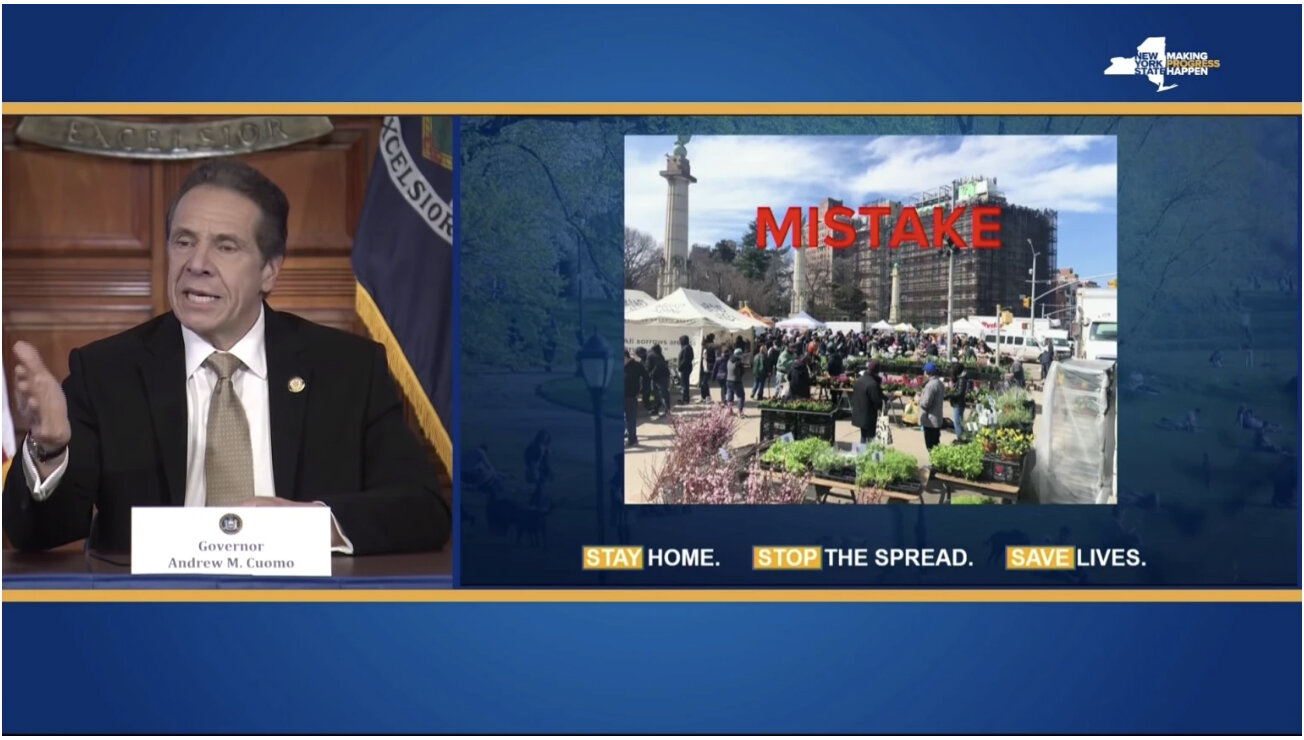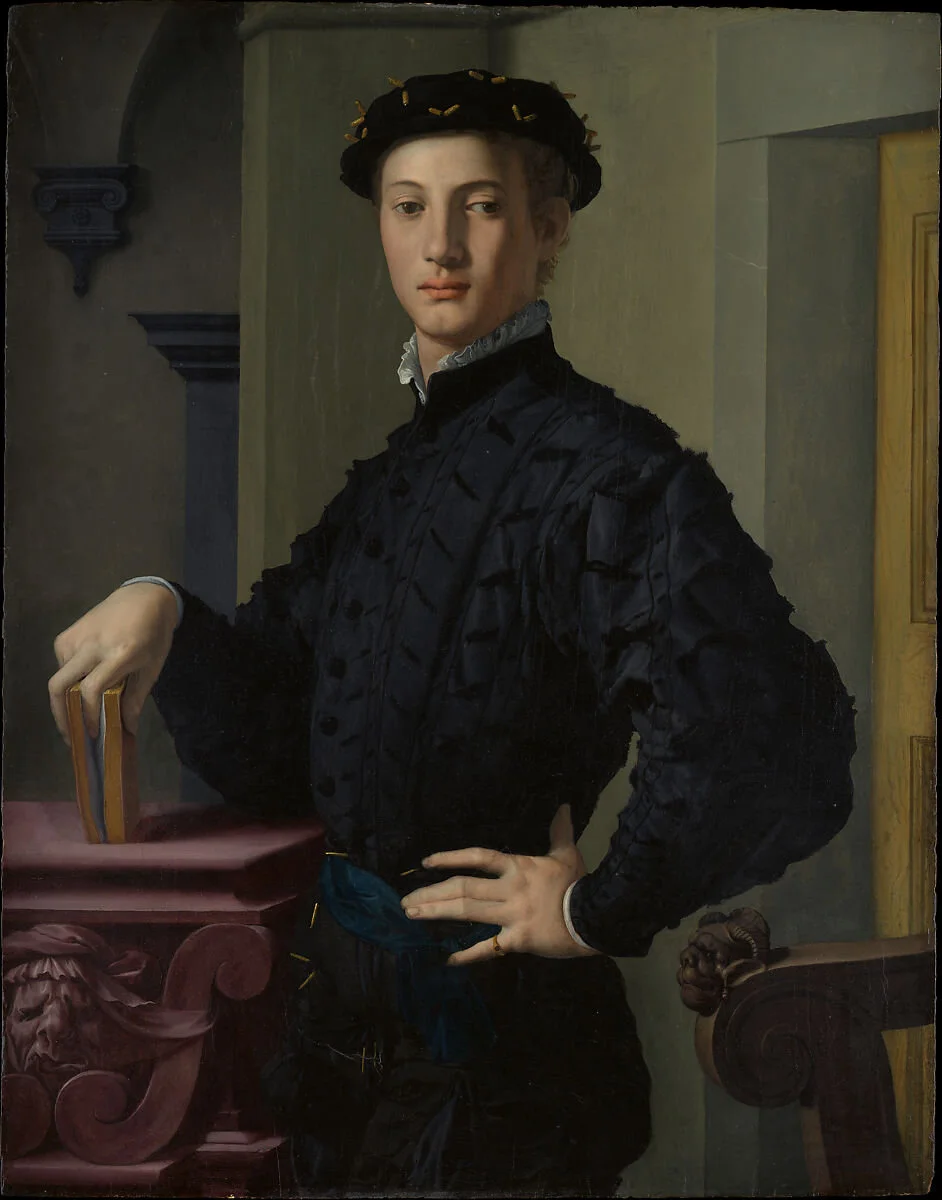THE SPECTATOR, WORLD EDITION
Cuomo by Design: The governor’s aesthetic abuse of New York
‘Please. I beg you. It’s not worth seeing. Avert your eyes. It’s all laptop screensaver crack smoke. Just please don’t make me write about Hunter Biden’s artworks.’
Such were this critic’s fevered thoughts as the news of New York governor Andrew Cuomo’s resignation came across the Twitter-tape. And so we turn to another artist manqué. This time, he is a builder, a builder of works on the order of the Romans of the 1930s. And now, these works will remain unappreciated (such is the fate of true artists). So, let’s appreciate.
‘Excelsior’, this governor scrawled across the edifices and tunnels and apps of his numinous creation. ‘Ever Upward’, he helpfully provided just beside it in translation. ‘It’s Latin!’ he undoubtedly screamed into the phone at his subordinates, those designers and contractors who made the mistake of bidding on a New York State RFP. And so, ‘Excelsior’ we now inscribe on the epitaph of Cuomo’s political career.
As allegations of sexual abuse have occupied the headlines, far less has been said of the ex-governor’s aesthetic abuse of New York. And Cuomo was a serial abuser, wantonly so and without remorse. From Albany, he dreamed of the glories of Rome. Regrettably, he was only looking as far as the City of Rome in Oneida County, just over a hundred miles from Troy, New York. And yet, from his state house by Empire State Plaza, Andrew was our latter day Aeneas. If only Mario, his Anchises, had lived to see those Hesperian shores.
Just consider Dandy Andy’s many design ambitions: in 2018, the New York Post reported that Cuomo wasted $30 million on a change order to replace the tiles of the Midtown Tunnel. Why? Because he wanted his stripes, that’s why. Cuomo drew his particular blue-and-gold color scheme on everything. In doing so, he ensured that his state, from Buffalo to Plattsburgh to Montauk, would one day look like the same office of the DMV.
Speaking of the DMV, Cuomo took his strong hand to the design of the state’s license plates. It should be noted that since 2010 (the year before Cuomo took office), New York drivers had enjoyed one of the more distinguished plate designs in the country. It was a reserved abstract design, one resembling a distant curving horizon, known as ‘Empire Gold’. In 2019, Cuomo unveiled an online competition for a new (yes) ‘Excelsior’ plate. The final designs were all terrible. It so happened that four of these finalists depicted the Statue of Liberty. Meanwhile, just one of the five featured an illustration of the (yes!) new Mario Cuomo Bridge.
On Twitter, Nate Silver wrote, ‘LOL yeah this indeed seems kind of rigged in favor of the Mario Cuomo (née Tappan Zee) Bridge license plate. A bunch of near-identical Statue of Liberty designs will split the SoL vote.’ In the end, it was a bridge too far — a tepid depiction of Niagara Falls and Lady Liberty took the lead — but it was an A for Effort on the part of Team Cuomo.
Plans for Penn Station have been another debacle. The 1960s destruction of McKim, Mead & White’s Pennsylvania Station is the festering wound that never heals in Midtown New York. A design based on the Baths of Diocletian was replaced with the Cloaca Maxima of railroad hubs. ‘One entered the city like a god,’ the architectural historian Vincent Scully famously observed of the old station. ‘One scuttles in now like a rat.’
With the expiration of Madison Square Garden’s lease — which sits atop our transit pipes like a toilet bowl — the governor had a chance to right a historic wrong by rebuilding Old Penn. To do so would have followed a widely popular and feasible plan that has been independently studied (that’s because the old tracks are all still in the same place).
But why fix a broken neighborhood when you can break even more? Instead, Cuomo threatened to level the existing historic buildings that still surround the station in a master-builder plan he called the ‘Empire Station Complex’. This complex might even — you know, I don’t know — contain a ‘Cuomo Station’. The governor already did much to scrub the name of Daniel Patrick Moynihan from the new station that the late senator ingeniously envisioned carving out of the old Central Post Office building across the street.
In the end, through his daily COVID press briefings, it was America that got the double dose of our ex-governor’s aesthetic. For many, the shot started out fine enough. We barely felt it. It was just a pin prick. Then we got worse and worse. This was no standard inoculation. We were all feeling the effects of an experimental hit of Cuomo RNA. Strange messages started appearing in those increasingly incoherent PowerPoint slides. ‘I am going there,’ one read. ‘MISTAKE’ blared another.
It was all nearly too late. By the time he released his poster called ‘New York Tough’, an art-brut collage of every flatten-the-curve cliché, our collective immunity to the Cuomo-esque was at its lowest point.
And yet, here we are, looking ever upward. Excelsior!






